- Anyuan Area Industrial Park, Pingxiang, Jiangxi Province, China
Honeycomb ceramic DOC Catalyst is a high-efficiency diesel oxidation catalyst designed to reduce harmful emissions from diesel engines. The catalyst is located in the exhaust gas after-treatment system of the internal combustion engine, providing an attachment location for the catalyst of three-way catalysis to treat harmful gases in the exhaust gas.
-Constructed with a durable honeycomb ceramic substrate: this diesel exhaust catalyst effectively converts carbon monoxide (CO), hydrocarbons (HC), and soluble organic fractions (SOF) into less harmful substances like CO₂ and H₂O.
-excellent thermal stability, low pressure drop, and high catalytic activity: The DOC catalyst is ideal for non-road machinery, heavy-duty diesel vehicles, construction equipment, and other emission control systems that meet Euro III–VI and EPA standards.
-Custom sizes, cell densities, and coating formulations: Our DOC catalyst can be customized to meet specific regulatory and performance requirements.
To accommodate various application scenarios, Hualian Catalyst offers DOC catalyst in both ceramic and metal substrates. The tables below outline the available dimensions, cell densities (CPSI), and applicable emission standards for each catalyst type.
The size of the DOC catalyst can also be customized to meet specific customer requirements. You can contact us to get tailored solutions for your emission control needs.
Detailed Information
| Items | Contents |
| Product Name | DOC (Diesel Oxidation Catalyst) |
| Material | Ceramic, metal |
| Shape | Round, oval, racetrack-shaped |
| Size | Can be customized |
| Cell Density | 200/300/400/600 CPSI |
| Application | Exhaust treatment |
| Model | Universal |
| Emission Standard | Euro 4/5/6 |
Specification of Ceramic DOC| Specification of Ceramic DOC | Cell Density (CPSI) | Emission Standard |
| 101.6*123.3 | 300/400/600 | Euro 4/5/6 |
| 101.6*152.4 | 300/400/600 | Euro 4/5/6 |
| 101.6*50 | 300/400/600 | Euro 4/5/6 |
| 101.6*90 | 300/400/600 | Euro 4/5/6 |
| 110*100 | 300/400/600 | Euro 4/5/6 |
| 110*147.3 | 300/400/600 | Euro 4/5/6 |
| 118*100 | 300/400/600 | Euro 4/5/6 |
| 118*127 | 300/400/600 | Euro 4/5/6 |
| 118*152.4 | 300/400/600 | Euro 4/5/6 |
| 118*60 | 300/400/600 | Euro 4/5/6 |
| 118.4*100 | 300/400/600 | Euro 4/5/6 |
| 118.4*127 | 300/400/600 | Euro 4/5/6 |
| 118.4*138 | 300/400/600 | Euro 4/5/6 |
| 118.4*152.4 | 300/400/600 | Euro 4/5/6 |
| 118.4*60 | 300/400/600 | Euro 4/5/6 |
| 118.4*70 | 300/400/600 | Euro 4/5/6 |
| 130*130 | 300/400/600 | Euro 4/5/6 |
| 130*80 | 300/400/600 | Euro 4/5/6 |
| 132*125 | 300/400/600 | Euro 4/5/6 |
| 143.8*101.6 | 300/400/600 | Euro 4/5/6 |
| 143.8*127 | 300/400/600 | Euro 4/5/6 |
| 143.8*148 | 300/400/600 | Euro 4/5/6 |
| 143.8*152.4 | 300/400/600 | Euro 4/5/6 |
| 143.8*76.2 | 300/400/600 | Euro 4/5/6 |
| 150*100 | 300/400/600 | Euro 4/5/6 |
| 151*115 | 300/400/600 | Euro 4/5/6 |
| 158*110 | 300/400/600 | Euro 4/5/6 |
| 158*90 | 300/400/600 | Euro 4/5/6 |
| 165.1*139.7 | 300/400/600 | Euro 4/5/6 |
| 170*100 | 300/400/600 | Euro 4/5/6 |
| 190*100 | 300/400/600 | Euro 4/5/6 |
| 190.5*100 | 300/400/600 | Euro 4/5/6 |
| 190.5*101.6 | 300/400/600 | Euro 4/5/6 |
| 190.5*152.4 | 300/400/600 | Euro 4/5/6 |
| 197*85 | 300/400/600 | Euro 4/5/6 |
| 240*100 | 300/400/600 | Euro 4/5/6 |
| 266.7*101.6 | 300/400/600 | Euro 4/5/6 |
| 266.7*152.4 | 300/400/600 | Euro 4/5/6 |
| 330.2*152.4 | 300/400/600 | Euro 4/5/6 |
| Remark: | Other sizes can be customized. | |
Specification of Metal DOC
| Specification of Metal DOC | Cell Density (CPSI) | Emission Standard |
| 63.5*100*90 | 200/300 | Euro 4/5/6 |
| 63.5*50*40 | 200/300 | Euro 4/5/6 |
| 80*90*90 | 200/300 | Euro 4/5/6 |
| 89*100*90 | 200/300 | Euro 4/5/6 |
| 101.6*115*100 | 200/300 | Euro 4/5/6 |
| 130*140*130 | 200/300 | Euro 4/5/6 |
| 151*150*140 | 200/300 | Euro 4/5/6 |
| 177.8*114.3*127 | 200/300 | Euro 4/5/6 |
| 184.5*110*100 | 200/300 | Euro 4/5/6 |
| 209.9*110*100 | 200/300 | Euro 4/5/6 |
| 209.9*110*100 | 200/300 | Euro 4/5/6 |
| 221*150*140 | 200/300 | Euro 4/5/6 |
| 235.3*110*100 | 200/300 | Euro 4/5/6 |
| 250*100*90 | 200/300 | Euro 4/5/6 |
| 260.7*110*100 | 200/300 | Euro 4/5/6 |
| 274*160*150 | 200/300 | Euro 4/5/6 |
| 277*160*150 | 200/300 | Euro 4/5/6 |
| 293*160*150 | 200/300 | Euro 4/5/6 |
| 296*200*180 | 200/300 | Euro 4/5/6 |
| 350*100*90 | 200/300 | Euro 4/5/6 |
| 450*100*90 | 200/300 | Euro 4/5/6 |
| Remark: | Other sizes can be customized. | |
Our aftertreatment diesel oxidation catalyst utilizes platinum and palladium-based coatings to efficiently oxidize carbon monoxide (CO), hydrocarbons (HC), and soluble organic fractions (SOF) into CO₂ and H₂O, helping your diesel engines meet Euro III–VI and EPA emission standards.
The emission control catalyst is built with a robust ceramic or metal substrate that can withstand exhaust temperatures exceeding 600°C, making it ideal for continuous use in heavy-duty and non-road diesel engines.
The honeycomb structure of the DOC catalyst enables smoother exhaust flow with minimal pressure loss, reducing engine load and improving fuel efficiency, particularly in long-haul and high-load operations.
Our diesel oxidation catalyst is available in both ceramic and metallic substrates. You can choose based on your application requirements, such as space limitations and thermal needs.
-Ceramic DOC catalyst (Cordierite or SiC) offers excellent heat resistance and cost-effectiveness, making it ideal for on-road vehicles and engines with stable operating conditions.
-Metallic DOC catalyst boasts higher thermal conductivity, greater mechanical strength and faster light-off. They are better suited for off-road equipment, compact installations, and environments with high vibration or frequent start-stop cycles.
The sizes and cell densities (CPSI) of all our diesel oxidation catalysts can be tailored to meet the needs of different engine layouts and regulatory targets.
The DOC catalyst layer is engineered for strong adhesion and resistance to thermal degradation, offering high catalytic activity and extended service life under harsh working conditions.
DOC(diesel oxidation catalyst) is a catalytic converter explicitly designed for diesel engines and equipment to reduce carbon monoxide (CO), hydrocarbons (HC), and soluble organic fractions (SOF).
In most stand-alone applications, a diesel oxidation catalyst (DOC) is used to control diesel particulate emissions by controlling their organic fraction (OF).
In some cases, the catalyst is also required to control CO and HC emissions. Catalyst formulations have been optimized to minimize the generation of sulfate particulates in applications with sulfur-containing fuels.
In aftertreatment systems with SCR catalysts and particulate filters, the DOC catalyst is used to increase the NO2/NOx ratio and to oxidize HCs and increase the exhaust gas temperature to support active DPF regeneration.
In DOC + SCR/SCRF setups, the DOC catalyst has the ability to oxidize NO to NO2, which improves the passive regeneration and fast-SCR reaction. Injected fuel can also be fast catalytically ignited to initiate the active regeneration of DPFs.
Our factory has developed a series of diesel oxidation catalysts to meet China Stage VI or Euro 6, non-road mobile machinery Tier IV, and above emission regulations. The DOC catalytic converter exhibits superior catalytic performance due to enhanced coating materials and advanced coating process technology.
A diesel oxidation catalyst (DOC) is a type of emission control catalyst designed to reduce harmful emissions from diesel engines. It promotes chemical reactions that convert carbon monoxide (CO), hydrocarbons (HC), and some particulate matter into less harmful substances such as carbon dioxide (CO₂) and water vapor. It is a key component in the aftertreatment diesel oxidation catalyst system for modern diesel vehicles.
In emissions terminology, DOC refers to the Diesel Oxidation Catalyst used to oxidize toxic gases and reduce pollutants. It plays a crucial role in controlling hydrocarbon and carbon monoxide emissions from diesel engines.
A DOC catalyst primarily targets gaseous pollutants such as CO and HC. In contrast, a Diesel Particulate Filter (DPF) captures and stores soot (particulate matter) from exhaust gases. The DOC catalytic converter is often placed upstream of the DPF to enhance its regeneration efficiency.
The diesel oxidation catalyst utilizes a coated substrate (typically featuring precious metals such as platinum or palladium) to initiate oxidation reactions. When exhaust gases pass through the diesel oxidation catalytic converter, pollutants such as CO and HC are oxidized into CO₂ and H₂O at elevated temperatures, thereby improving the overall exhaust of exhaust.
A DOC diesel oxidation catalyst reduces harmful diesel emissions by converting CO, HC, and the soluble organic fraction of diesel particulates into harmless compounds. It helps improve air quality and supports compliance with emissions regulations such as Euro VI and EPA standards.
A typical diesel oxidation catalyst consists of a stainless steel housing, a honeycomb ceramic or metallic substrate, and a catalyst coating made of precious metals such as platinum or palladium. This structure ensures a high surface area for effective oxidation.
The aftertreatment diesel oxidation catalyst primarily oxidizes carbon monoxide (CO), unburned hydrocarbons (HC), and some organic particulates, making the DOC catalyst essential for reducing visible smoke and toxic emissions from diesel engines.
No, they are different. DOC stands for Diesel Oxidation Catalyst, while SCR stands for Selective Catalytic Reduction. The DOC catalytic converter oxidizes CO and HC, whereas the SCR system reduces nitrogen oxides (NOₓ) using urea-based solutions such as DEF (Diesel Exhaust Fluid). They are often used together in modern emission control catalyst systems to meet strict standards.
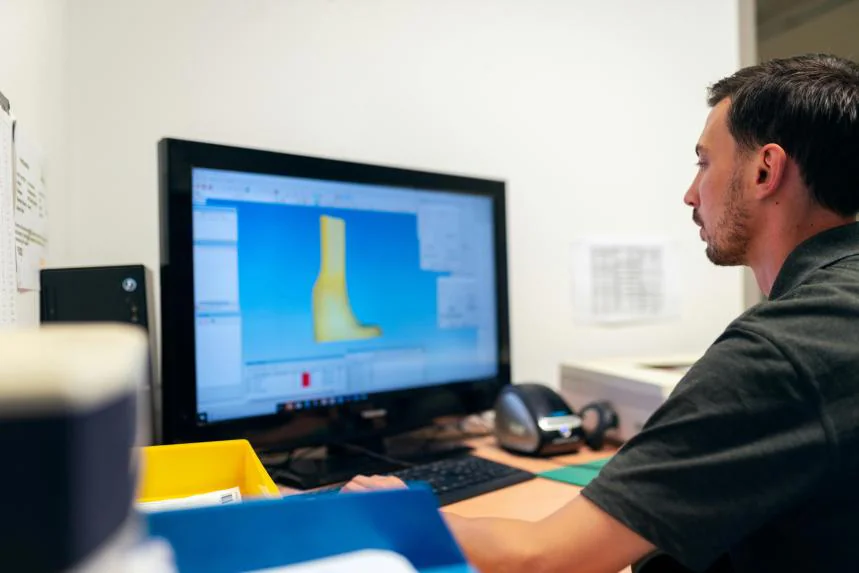
Professional design team provides various OEM/ODM personalized services

Mold making We can provides mold making services to meet your customized needs
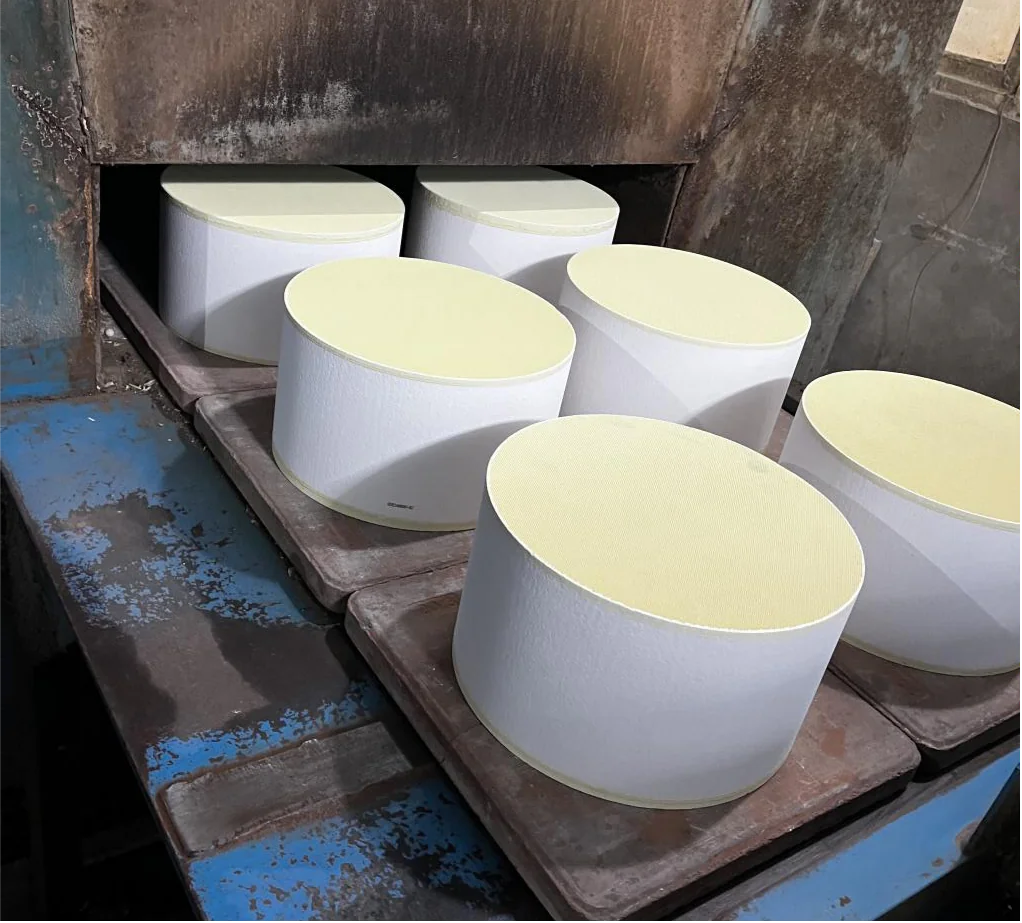
we will prepare the good raw material which suit customer's requirements, start the orderly production process)
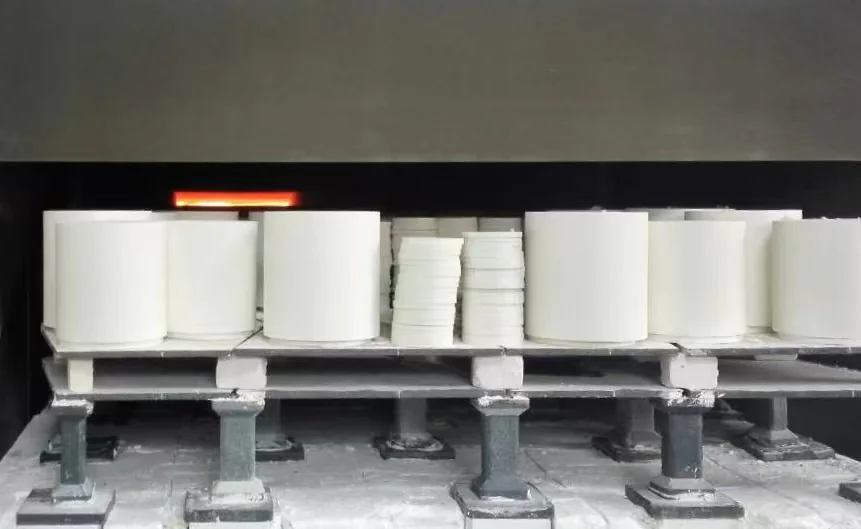
Put the semi-finished product in oven, sintering under high temperature in order to molding
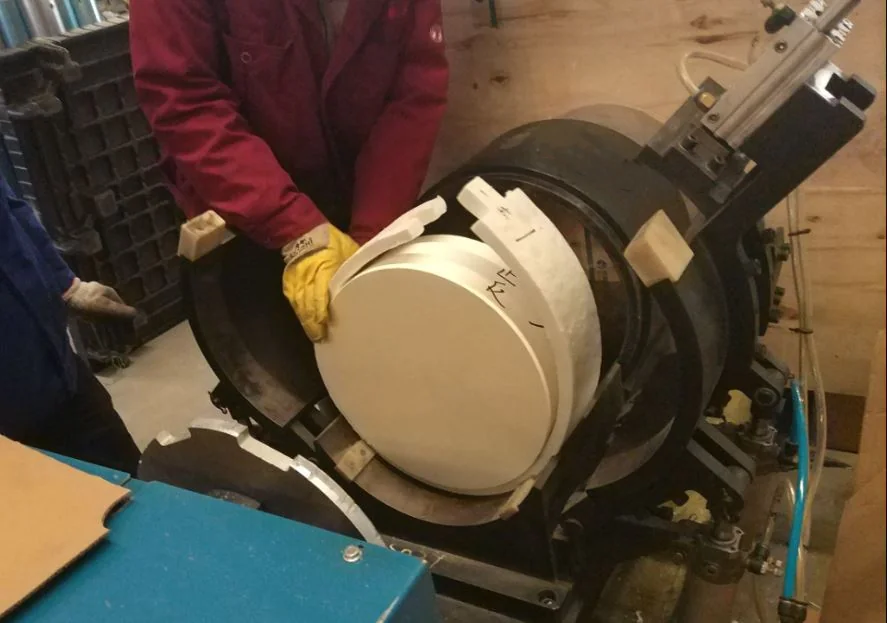
Inspected by our professional staff seriously, control the quality 100% fully qualified when delivery
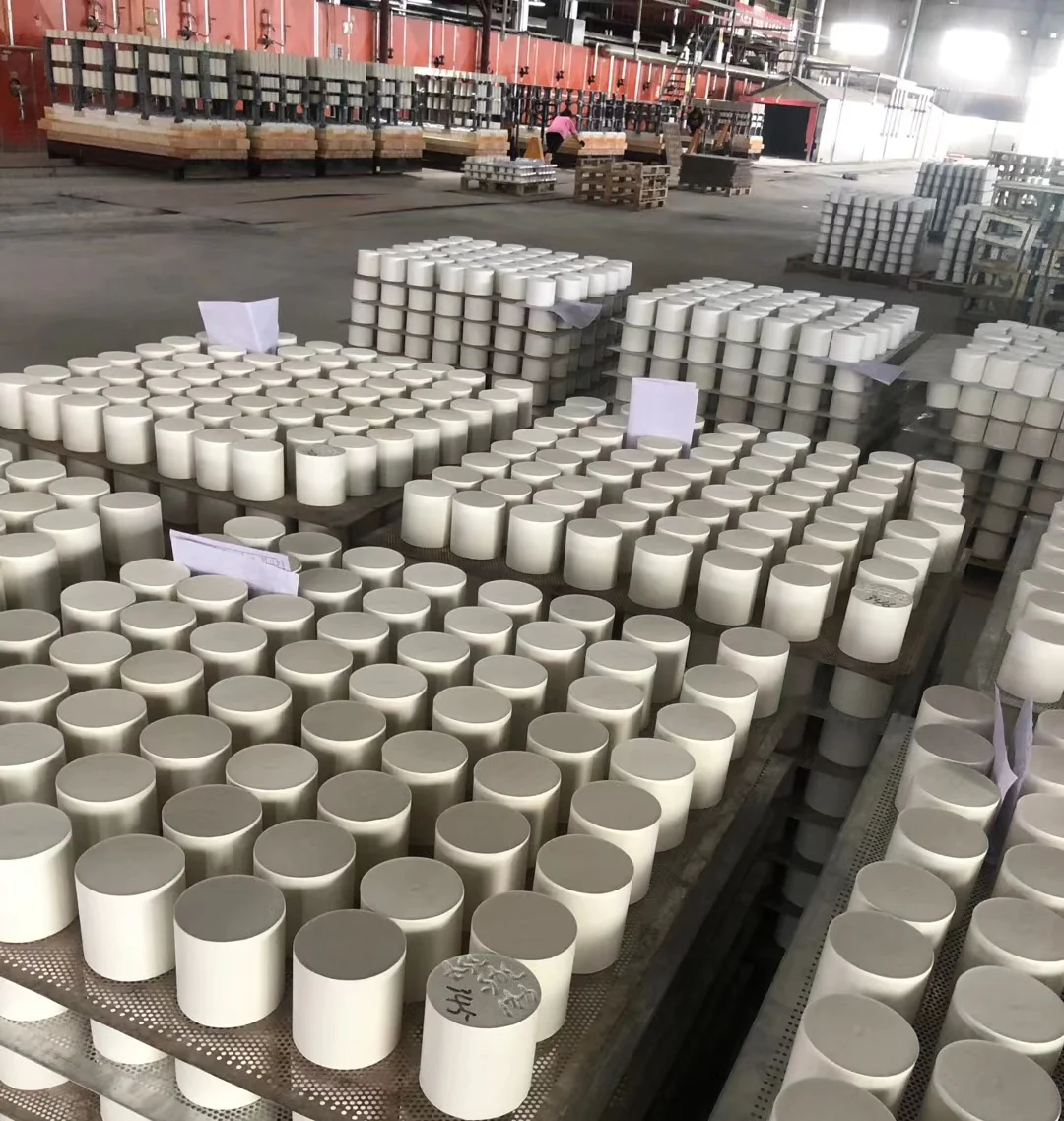
We use standard export package to pack all the goods safely, and store in the dry and indoor warehouse
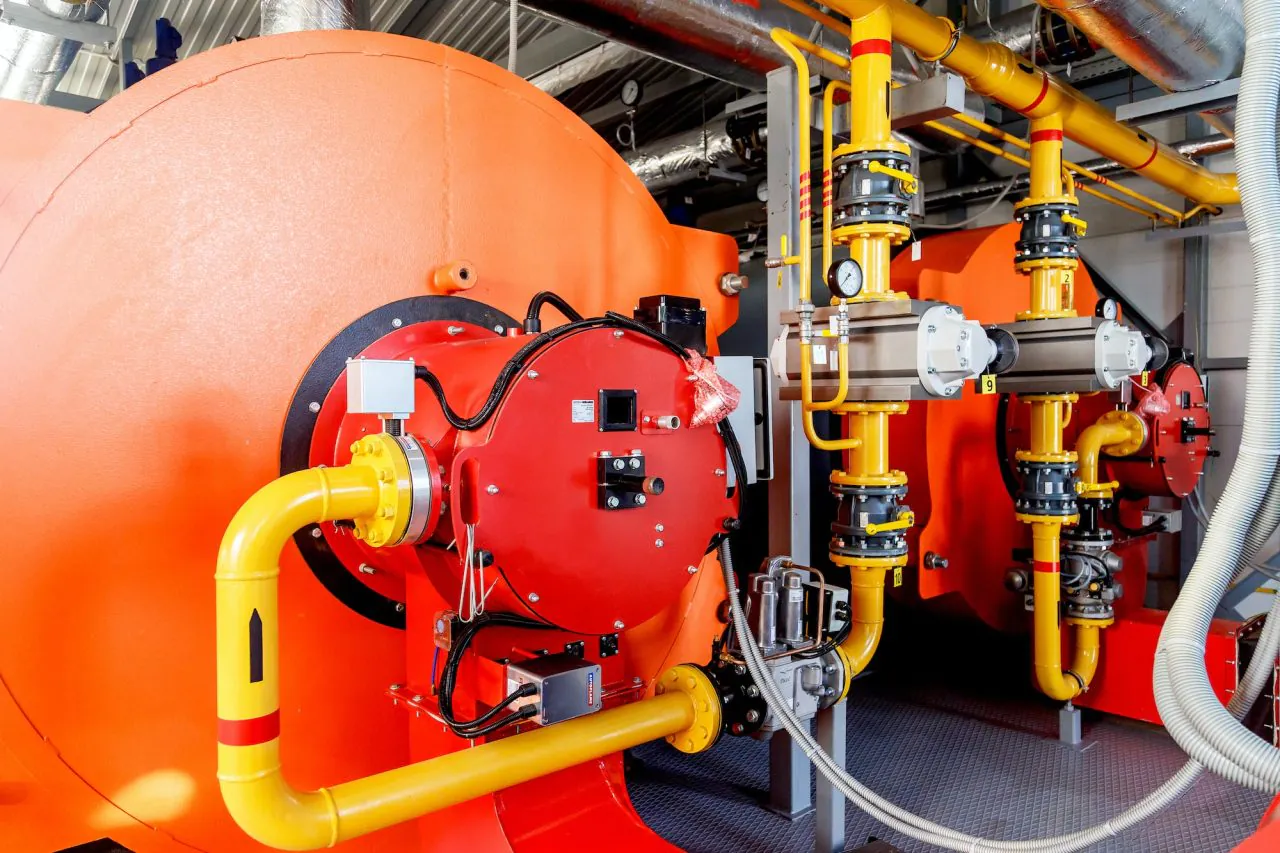
Lorem ipsum dolor sit amet, consectetur adipiscing elit. Ut elit tellus, luctus nec ullamcorper mattis, pulvinar dapibus leo.
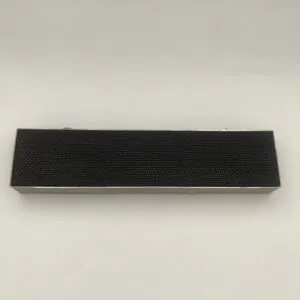
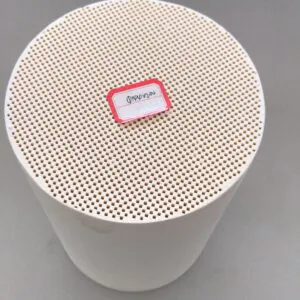
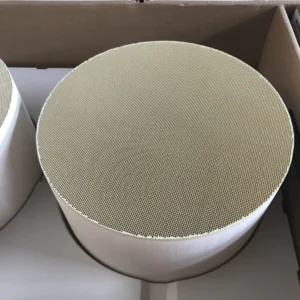
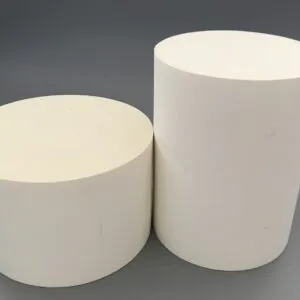
WhatsApp us